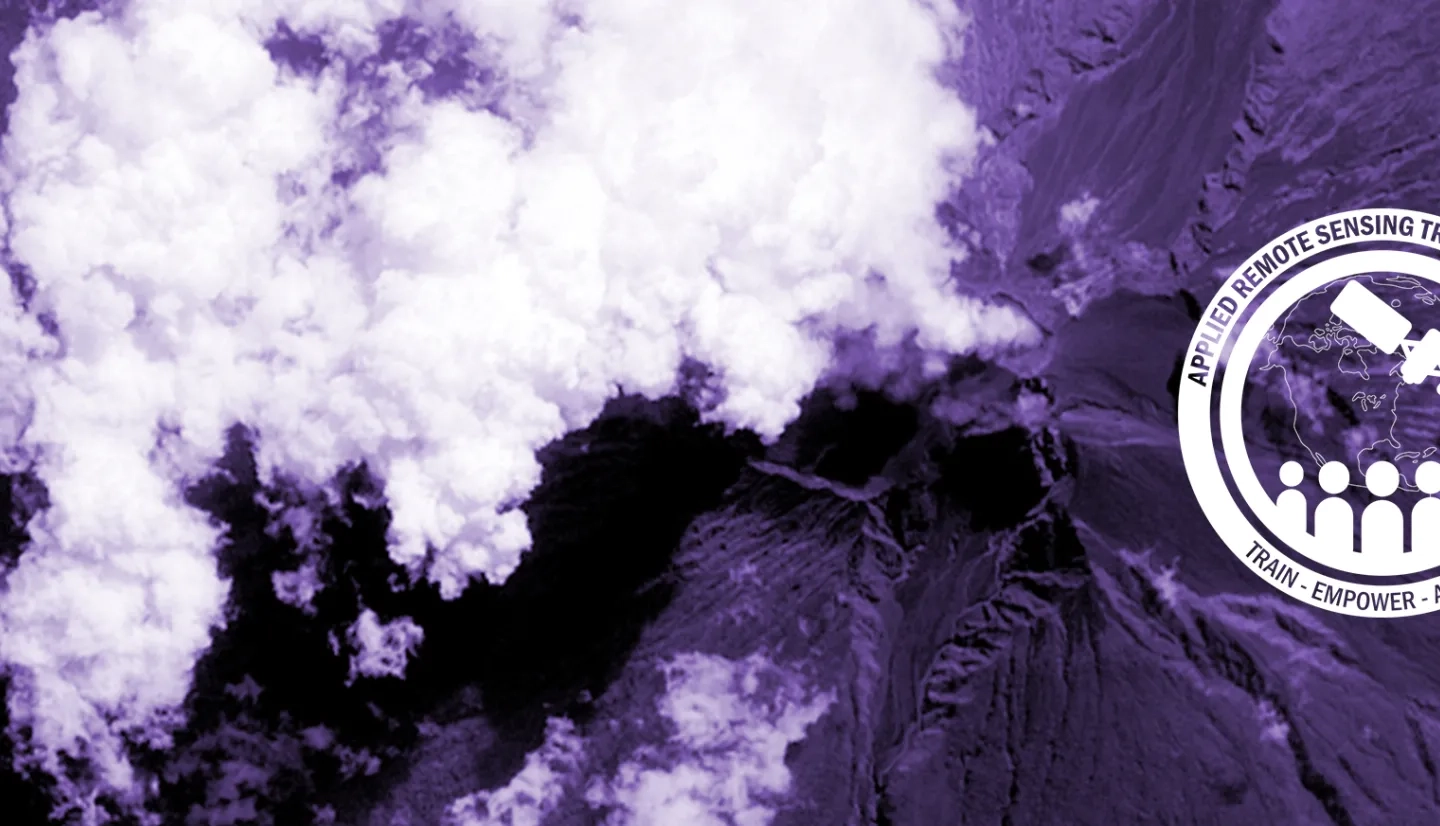Particular matter (PM), or aerosol, is the general term used for a mixture of solid particles and liquid droplets found in the atmosphere. Natural (dust and volcanic ash) and anthropogenic aerosols (biomass burning smoke, industrial pollution) influence cloud properties, alter the radiation budget of the earth-atmosphere system, affect atmospheric circulation patterns and cause changes in surface temperature and precipitation, and monitoring them is important. Aerosols also reduce visibility and induce respiratory diseases when sub-micron sized aerosols penetrate the lungs thereby affecting air quality and health.
Increased exposure to particular matter with particle diameters less than 2.5µm (PM2.5) can cause lung and respiratory diseases and even premature death. Although several ground measurement networks are currently in operation to monitor aerosols for different purposes, these networks are inadequate for monitoring air pollution on a global scale. However, satellite imagery, due to its large spatial coverage and reliable repeated measurements, provides another important tool to monitor aerosols and their transport patterns.
Satellite data has tremendous potential for mapping the global distribution of aerosols and their properties. The MODIS instrument onboard NASA's Terra and Aqua satellites provides near daily observations of aerosols over global land and ocean surfaces with moderate spatial resolution. There are several other sensors, such as MISR, OMI, VIIRS, POLDER, and CALIPSO, that provide important observations of atmospheric aerosols properties, with applications in the climate, human health and environmental monitoring. Recent studies have demonstrated the potential of using satellite-derived columnar aerosol properties as a surrogate for fine and coarse particulate matter (PM2.5/PM10) air quality over local, regional and global scales.
